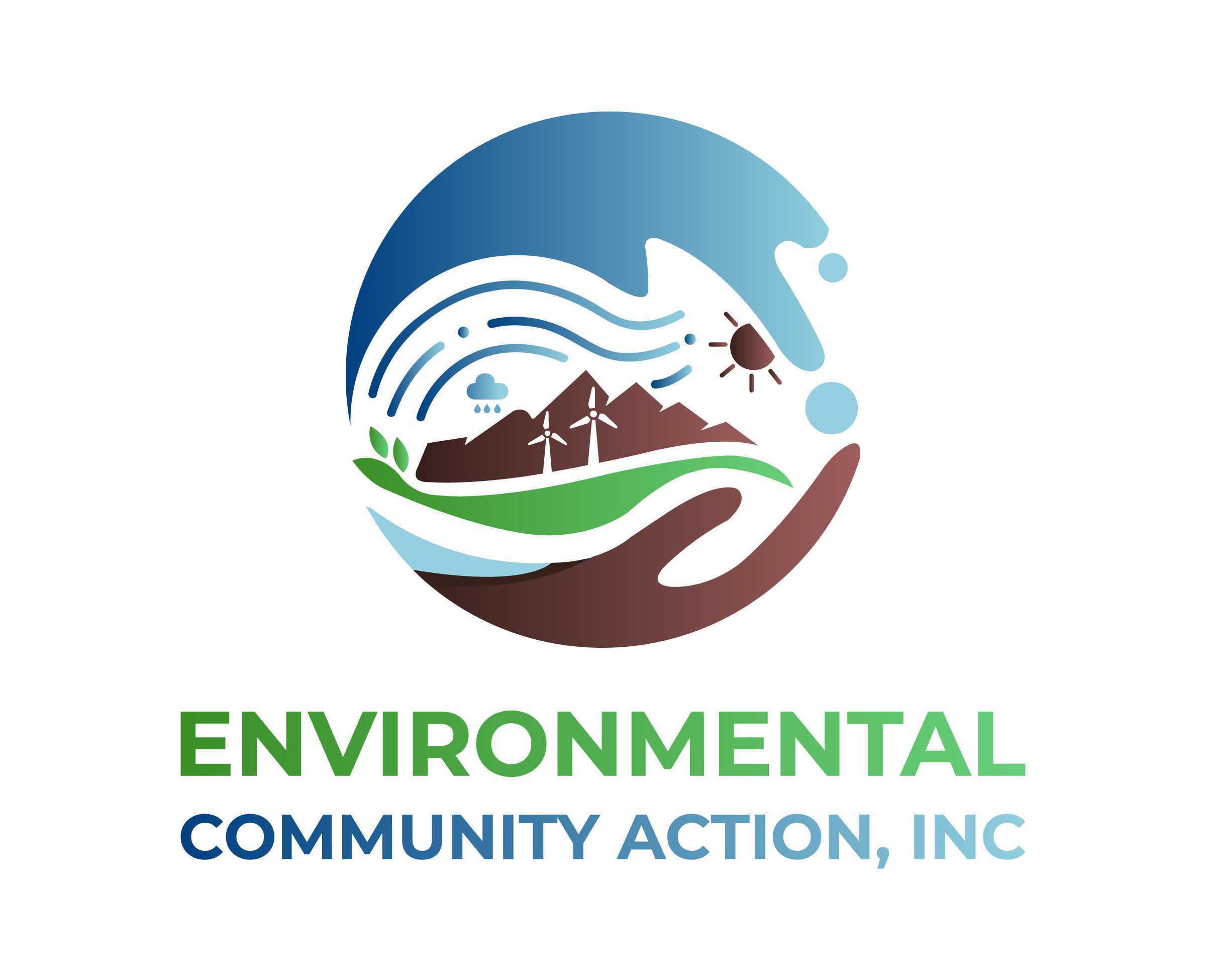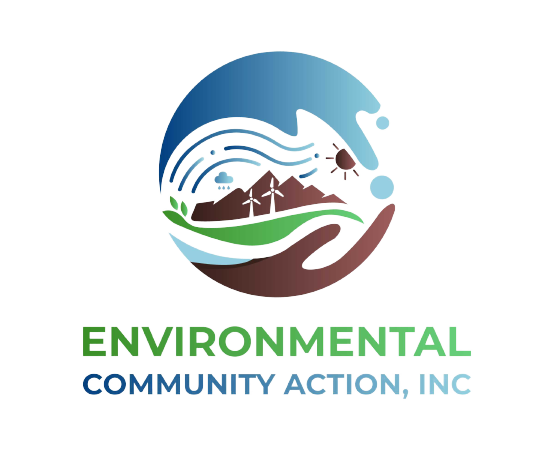By Yolanda Whyte, MD,
Environmental Community Action Inc. (ECO-Action) Board Member
Playing with toys and games are one of the most enjoyable ways to socially engage children of all ages. Toys stimulate their visual and physical senses and, most importantly, their imagination. As a pediatrician, I can assess a child’s stage of development and some aspects of their mental health by carefully observing how they play and interact with toys. However, in my career, I’ve seen numerous health and safety risks that toys sometimes pose to our children.

Baby playing with the letter A, 6 months old
Younger children risk being exposed to dangerous plasticizers, heavy metals like lead and mercury, and other toxic chemicals added to toys and children’s products. Some toys have been found to contain dangerous levels of toxic chemicals that far exceed safety standards set by the Consumer Products Safety Commission (CPSC) and the Environmental Protection Agency. Since babies explore through touching and mouthing, especially when teething, they can ingest these toxins or absorb them through skin. Once children are exposed to these toxins they can build up over time and impair their development, organ function, ability to learn and overall health. A number of consumer reports from health and advocacy groups have alerted us to this problem and its extent. Here are just a few examples:
- Public Interest Research Group’s Trouble in Toyland report found over ten times the legal limit of chromium in a pencil case and over 20 times the legal limit in a slinky toy. Chromium can cause allergic reactions, rashes, ulcers and cancer. A jump rope was found to containing over 10 times the legal limit of phthalates which are linked to birth defects, hormone disruptions, early puberty and cancer
- The Campaign for Healthy Solution’s A Day Late and a Dollar Short report on dollar store products found children’s earrings to contain over 65 times the legal limit for lead, which can damage the brain and nervous system, increase the risk of cancer, preterm birth and birth defects. More than 80% of the products tested contained phthalates, antimony, chromium other toxic chemicals.
- The New York League of Conservation Voters’ Toxic Toys in Erie County report identified arsenic, cadmium, antimony, lead, cobalt and mercury in their testing of several children’s products sold in popular chain stores like Target, Macy’s, Party City and the Dollar Store.
- The Environmental Working Group also released a Tests Find Asbestos in Kids’ Crayons, Crime Scene Kits report where asbestos fibers, which are linked to lung disease and cancer, were detected in children’s crayons and fingerprint sets.
- In a coalition report from Washington Toxics, Safer Chemicals Healthy Families and Safer States report, retailers like Walmart, Target, Nike and Toys R Us reported on the presence of formaldehyde, phthalates, flame retardants, BPA, parabens and industrial solvents in children’s dolls, toys, toy cars, clothes, car seats, personal care products and other children’s products.
The toxicity of some chemicals is synergized when they are combined, and the effect on tissues and organs is more pronounced if the exposure occurs during a critical stage of child development. These chemicals now commonly appear in biomonitoring studies of blood, urine and even the umbilical cord blood of newborns. The rate of pediatric cancers, autism, birth defects have all increased over the past decades, urging for the immediate need to limit our exposure to toxic chemicals, as the single-most important prevention strategy. A commentary entitled Evidence from Toxicology: The Most Essential Science for Prevention published in this month’s Environmental Health Perspectives adds that adopting principles in medicine and public health that are based on the evidence of toxicological studies has the benefit of reducing delays and costs for researchers, consumers, regulators and industry stakeholders. This suggests a need for stronger protections by both state and federal lawmakers, and also for adequate resources for effective enforcement of environmental rules.
A very important federal bill, designed to regulate some of the chemicals that are allowed in our products, including toys, is now expected to be updated for the first time in four decades. While the U.S. House and Senate passed their versions of the bill modernizing the Toxic Substances Control Act, loopholes still exist that allow many toxins to enter consumer markets and deny states the right to protect themselves with a stronger set of protections, when federal policies are inadequate. Eco-Action is part of the Safer Chemicals, Healthy Families coalition, which has over 400 members, and is working to iron out these flaws in the final bill to be presented to President Obama and signed into law.
ECO-Action is committed to educating and protecting our local community on environmental and safety concerns such as these. We are dedicated to improving the health and quality of life for our children and families. Please contact us at www.eco-act.org for more information and how you can support a campaign for precautionary policy to prevent exposure to hazardous substances to Children and their families. Also, check out the following resources:
National Poison Control Center (800) 222-1212 or www.poison.org
National Battery Ingestion Hotline (202) 625-3333 or
http://www.poison.org/battery
www.recalls.gov for an online compilation of US Recalls


